… like the necessity of church pews to have a slit where the bustle could fit through.
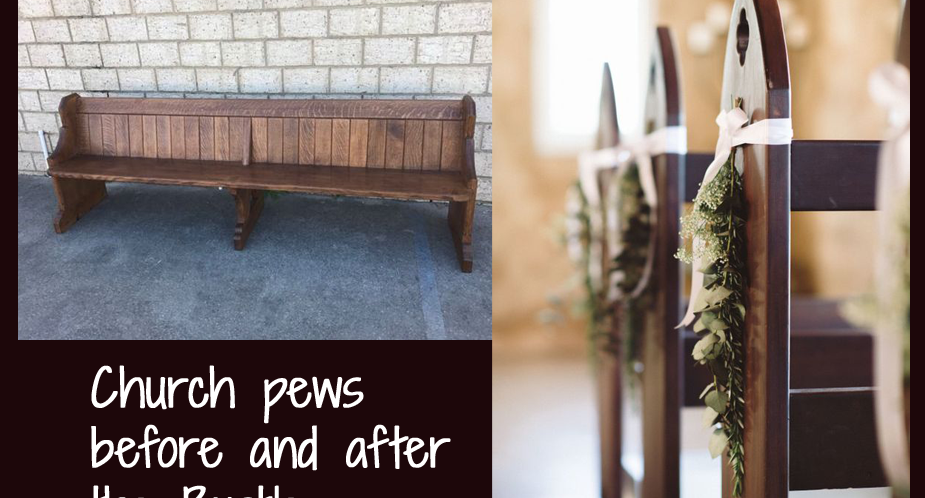

… like the necessity of church pews to have a slit where the bustle could fit through.
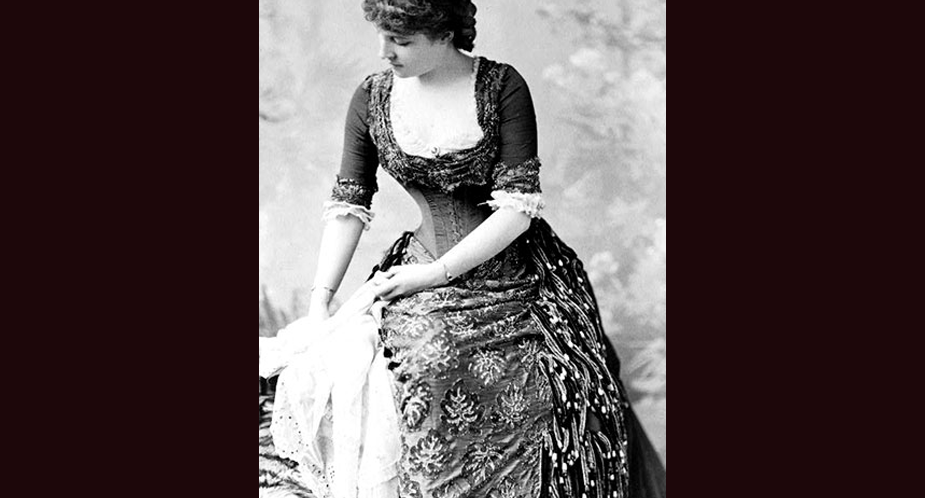
… might be demonstrating her ability to actually sit in a bustle – her own. Almost all sketches and photos (and extant garments it seems) are of women standing, never sitting. Until the Langtry folding bustle, women had to stand up. (Langtry in 1882 – photo)
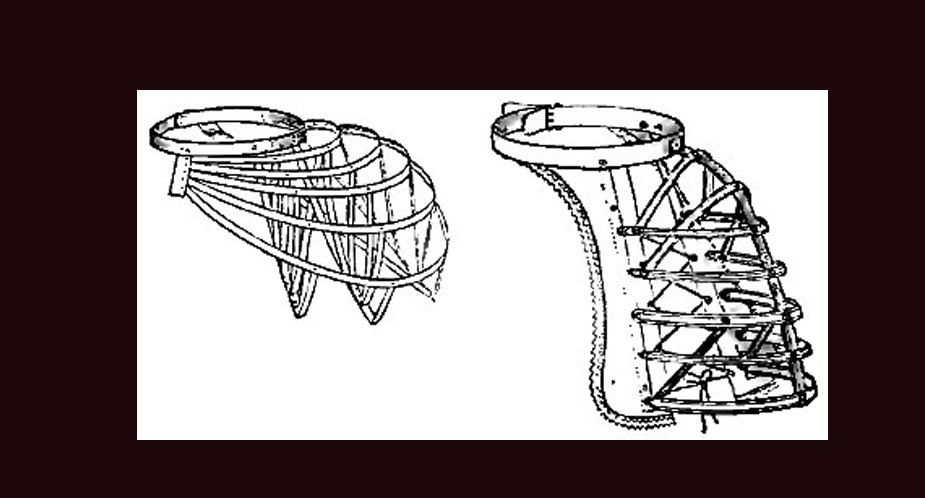
… is not known to the public, although one can assume there were patents somewhere; presumeably in England or France at the time. There are other models noted as her design; strong and rigid but not folding, which we might assume were early attempts at design. (Other bustle designs credited …
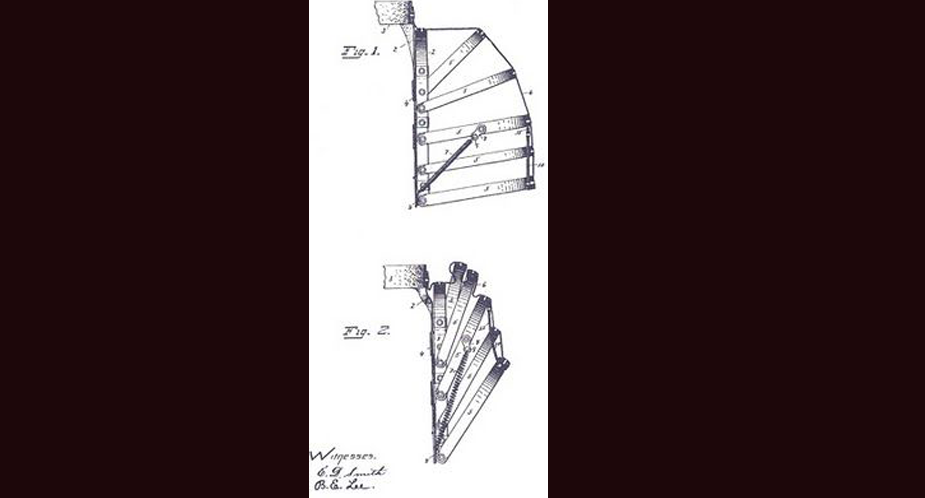
.. a large metal contraption suitable to the heavy fabrics and huge silhouette of the mid to late 1880’s. Lillie’s, however, differing from everything else out there, was “reticulating” – meaning it could fold up. When a woman sat down, her bustle folded into itself, pushing the fabric up and …
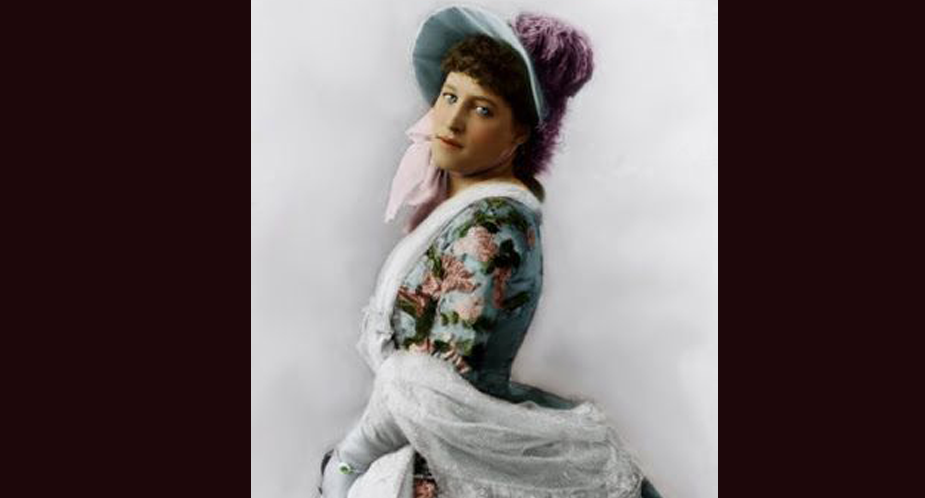
… who, being in the very height of fashion in the 1880’s, and taking her cues from Victoria, the Parisienne fashion houses, while hanging out with the rich, privileged, and Royal, was wearing the latest style – the large bustle. Also having influence and persuasion, she decided the bustle could …
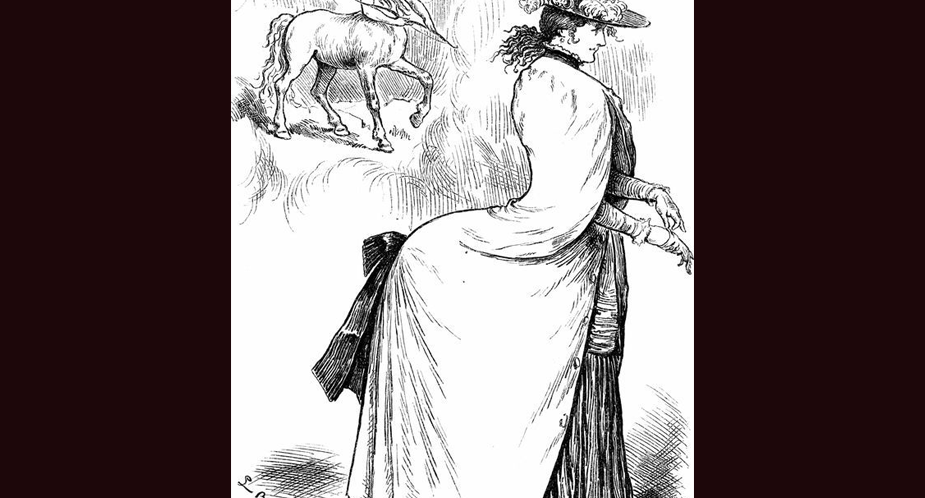
… initiated out of the Parisian “Haute Couture” houses such as that of Charles Worth, had lots of fun with the large bustles. Many were rather obscene, so it was hard to find a family appropriate example here. (1885 French cartoon)
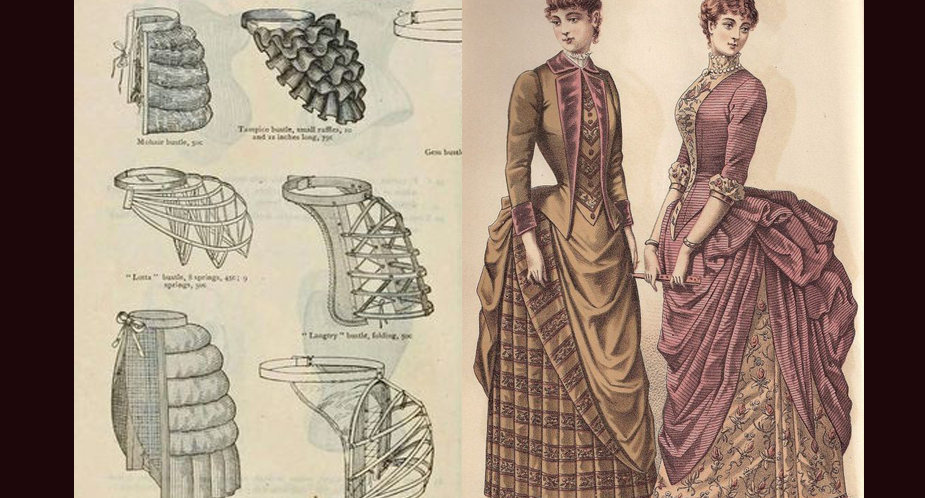
… structured yet, becoming elaborate and scientific in their design. The “horse rear end” was the nickname of the strong bustle that stuck horizontally from the rear end, making a large enough fullness that one could picture someone sitting on it like a horse. (Sketches: 1885 – 86)
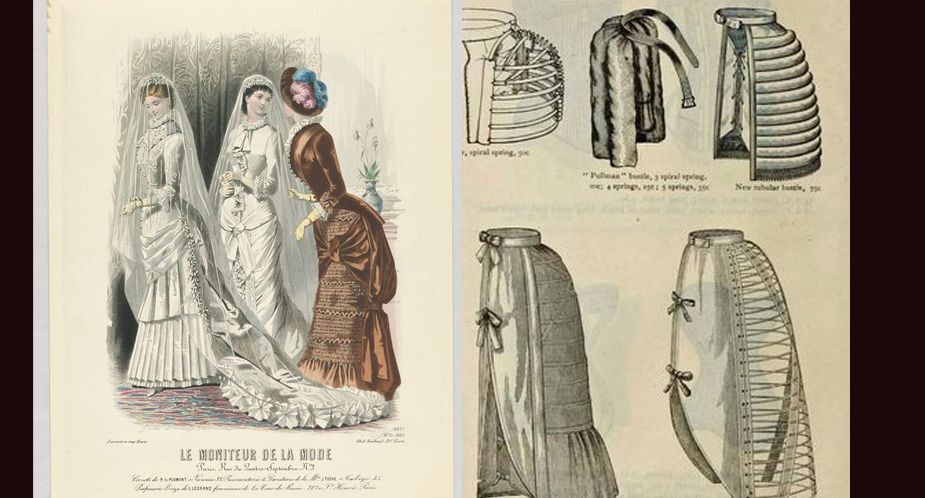
… were needed to support the heavy fabrics. The early ones might still be padded, but were now on wires or springs. They were long and rounded over the rear; somewhat like the look of the Natural Form Era where it was more a purpose to make a larger yet …
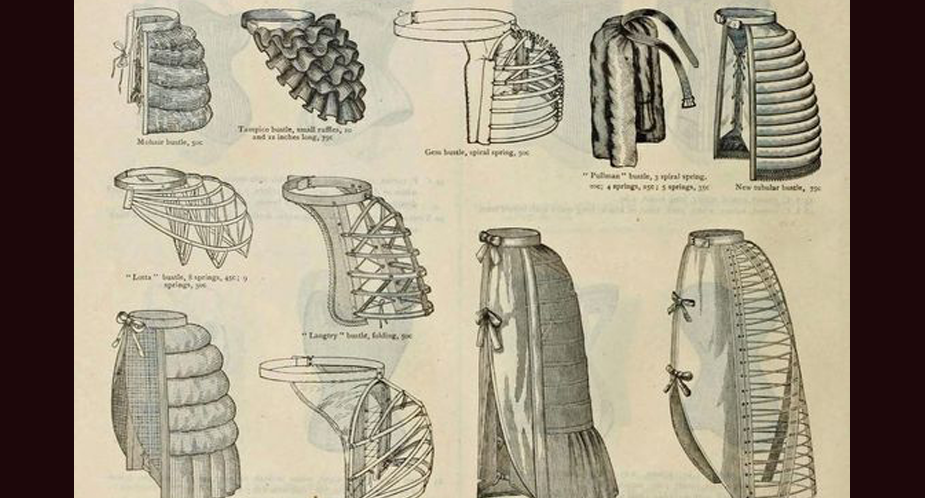
.. as Queen Victoria and designer Charles Worth of the time called wearing the appropriate clothing for the activity.. was the well – fitted tournure or bustle. Designed to expand the skirt of the dress below the waist, the bustle was THE required item for several decades. Various styles were …
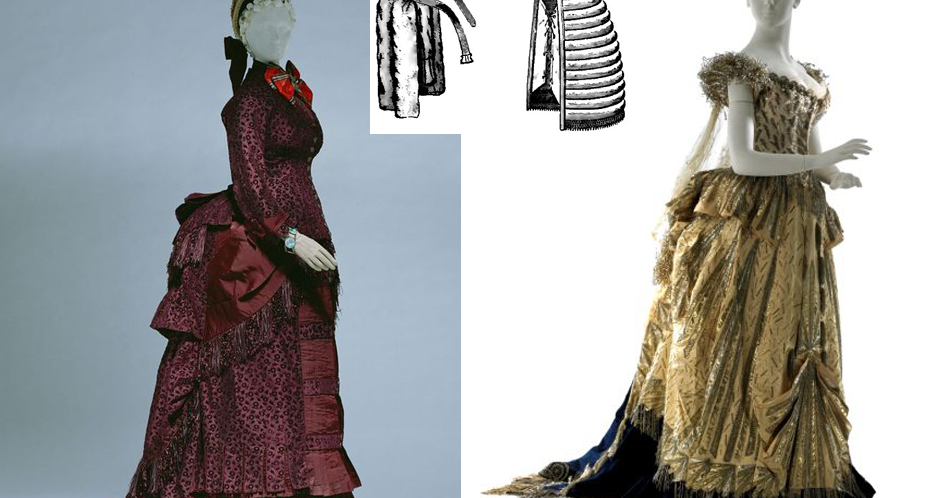
… in type and configuration, although they all accomplished the flat front with very full back. (Photos: 1883 ensembles; right is Spring 1883 Mrs. Vanderbilt’s party dress)